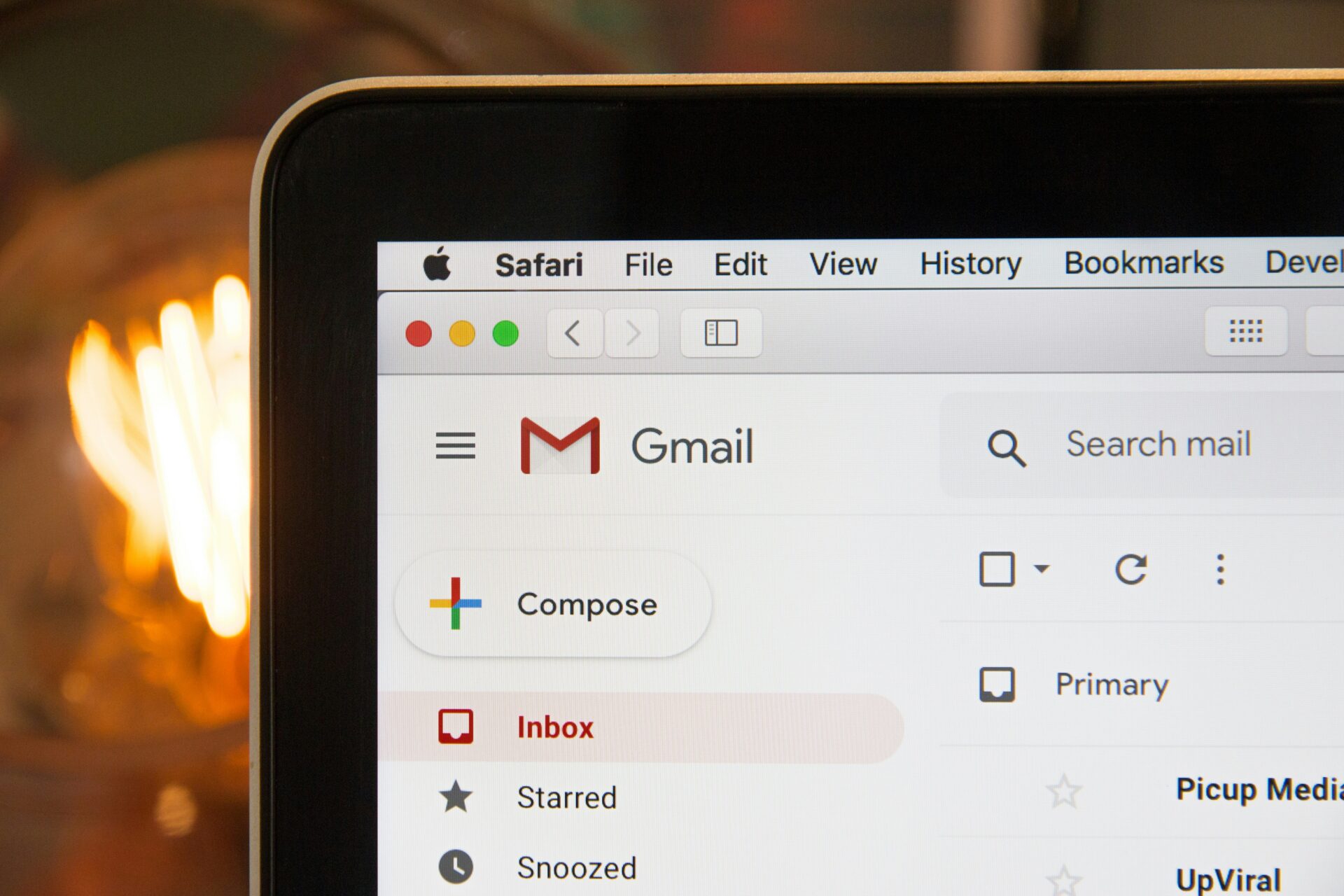Boosting your website’s ranking on Google is a primary goal of almost every brand that has an online presence, which is why SEO is so important when it comes to both web development and ongoing content. We’ve posted before about a few simple ways you can boost your website’s SEO but there are plenty of other ways to make your WordPress site Google friendly, which is what we’re going to talk about today.
Play Fair
First up, play by the rules.
There are developers out there who attempt to cheat Google by using spam techniques to get around Google’s algorithm and boost their ranking but, fortunately, Google is putting more and more robust techniques in place to filter out spam content. Techniques like keyword repetition, link buying and invisible text are all considered spam and should be avoided at all costs, even if people try to convince you they’re legitimate techniques.
Switch to HTTPS
If you haven’t already made the transition from HTTP to HTTPS, this should be at the top of your list. From this month onwards, any sites still using HTTP will be marked by Google Chrome as insecure, warning visitors that their data could be compromised. For now it’s only sites that collect sensitive information that will receive the insecure tag but the change is likely to be rolled out to all websites, so we urge all website owners to make the move sooner rather than later.
If you’re looking for more information about the change, we blogged about switching to HTTPS when the news was first announced.
Mobile-Friendly Design
Mobile-friendly is quickly being replaced by a mobile-first approach to design but there are still some sites out there that aren’t optimised for mobile viewing. With more and more browsing being carried out on mobile devices, it’s more important than ever that your site is easily accessible for on-the-go visitors. Not only because you’ll enhance the viewing experience for those visiting your site on a mobile device but also because Google added mobile responsiveness as a ranking factor back in 2015.
Say Goodbye to Pop-Ups
As with the HTTPS changes we mentioned above, this is another change that requires quick action as you may already be being penalised if your site still utilises numerous pop-ups. Pop-ups to confirm legal requirements or small ad banners are both exempt but it’s definitely recommended to err on the side of caution here and seriously consider paring back the amount of pop-ups you expose your site visitors to. If it’s considered disruptive to their browsing experience then Google is likely to push your site further down the search results and make it trickier for visitors to find you.
For more information about these changes, we blogged about the need to remove pop-ups from your site.
*
We hope our tips give you some food for thought about making your website more Google friendly and if you think it’s time for a Google friendly redesign then please don’t hesitate to get in touch with our friendly team of WordPress experts today.



